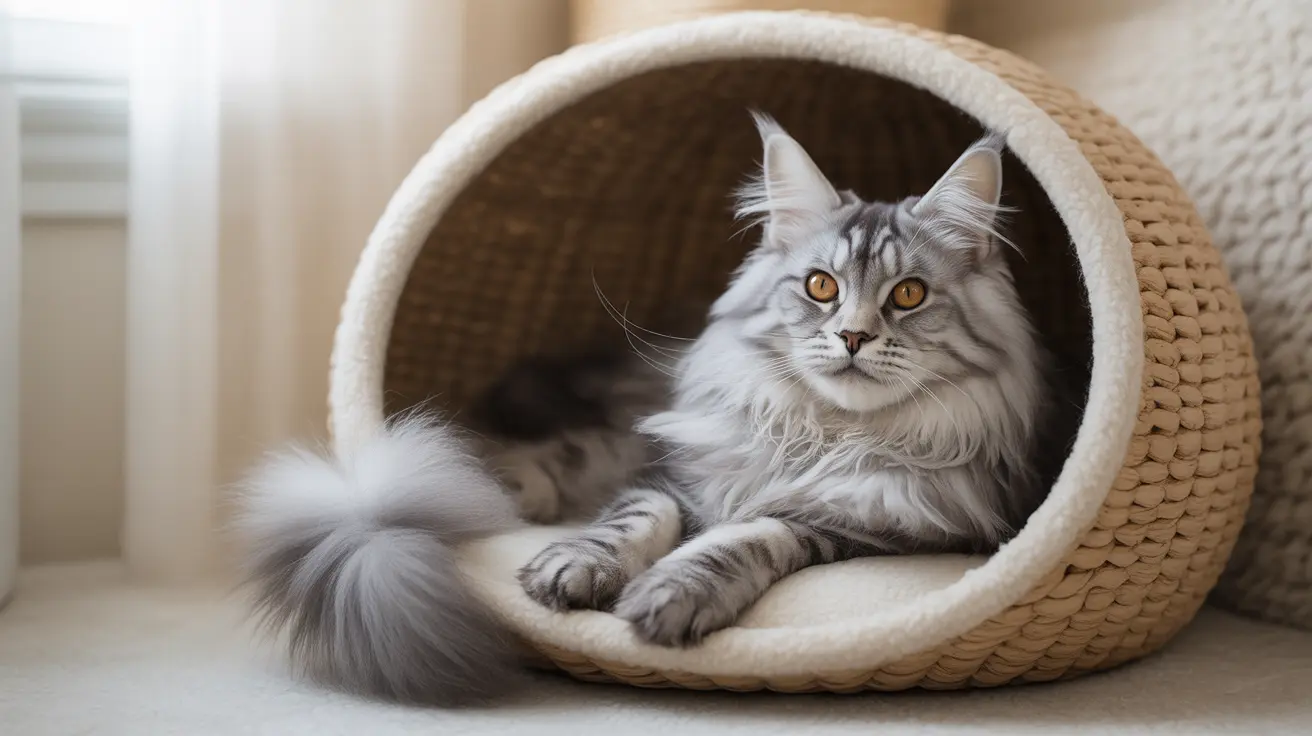Understanding the Most Common Type of Aggression in Cats
Cats, while often seen as independent and aloof companions, can exhibit various types of aggression that may surprise their human families. Among the different forms of feline aggression,
fear-based or defensive aggression stands out as the most common type seen by veterinarians and animal behaviorists.
What is Defensive Aggression in Cats?
Defensive aggression occurs when a cat
feels threatened or cornered and perceives that escape is not an option. Unlike offensive aggression, which is proactive and dominant, defensive behavior is reactive— the cat is attempting to protect itself from what it perceives as immediate danger.
Causes of Fear-Based Aggression
There are several triggers that may provoke defensive aggression in a cat:
- Loud noises or sudden changes in the environment
- Presence of unfamiliar animals or people
- Negative past experiences that lead to mistrust
- Lack of early socialization during kittenhood
- Confinement or limited options to escape
Recognizing Defensive Postures
Understanding feline body language is essential to identifying defensive aggression before it escalates into an attack. A cat displaying defensive aggression may show the following:
- Crouched posture with the head tucked in
- Tail curled around or underneath the body
- Wide eyes with dilated pupils
- Flattened ears against the head
- Hackled fur along the back and tail
- Hissing or growling
- Swatting with claws extended
Recognizing these signals can help owners avoid provoking further aggression and allow the cat time and space to recover.
Differences Between Defensive and Offensive Aggression
Understanding the distinction between offensive and defensive aggression can prevent misinterpretations and inappropriate responses.
- Offensive aggression involves a stiff, forward stance, direct stare, and ears angled forward.
- Defensive aggression involves crouching, retreating body posture, and ears flattened back.
Management and Prevention
To help reduce fear-based aggression, cat owners can implement several proactive strategies:
- Provide safe spaces: Cats need secure spots where they can retreat and hide.
- Avoid forced interactions: Let the cat approach people and new environments at its own pace.
- Recognize triggers: Identifying common environmental or social stimuli helps minimize exposure.
- Positive reinforcement: Reward calm behavior with treats and praise.
- Use pheromones and calming aids: Products like Feliway can help reduce overall anxiety.
Warning Signs to Watch
Cats rarely attack without warning. Learn the behaviors that often precede defensive aggression:
- Tail flicking or twitching
- Pupil dilation
- Growling, hissing, or yowling
- Attempting to flee or hide
When to Seek Professional Help
If a cat’s fearful aggression becomes frequent, causes injuries, or escalates without clear cause, it’s time to consult a professional. Options include:
- Veterinary examination to rule out pain or illness
- Consulting a veterinary behaviorist
- Behavior modification programs and possibly medication
Medical Causes of Aggression
Not all aggression stems from behavior alone. Underlying medical conditions can also contribute, including:
- Toxoplasmosis
- Hyperthyroidism
- Epilepsy or cognitive dysfunction in older cats
- Unidentified pain (e.g., arthritis)
Always consult a veterinarian to rule out health issues before addressing behavior alone.
Final Thoughts
Fear-based aggression is the most common form seen in cats and often results from a perceived lack of control or escape. By understanding feline communication, providing a calm environment, and avoiding punishments, owners can significantly reduce the likelihood and severity of aggressive outbursts. Proper management not only improves the human-feline relationship but also enhances the overall well-being of the cat.





